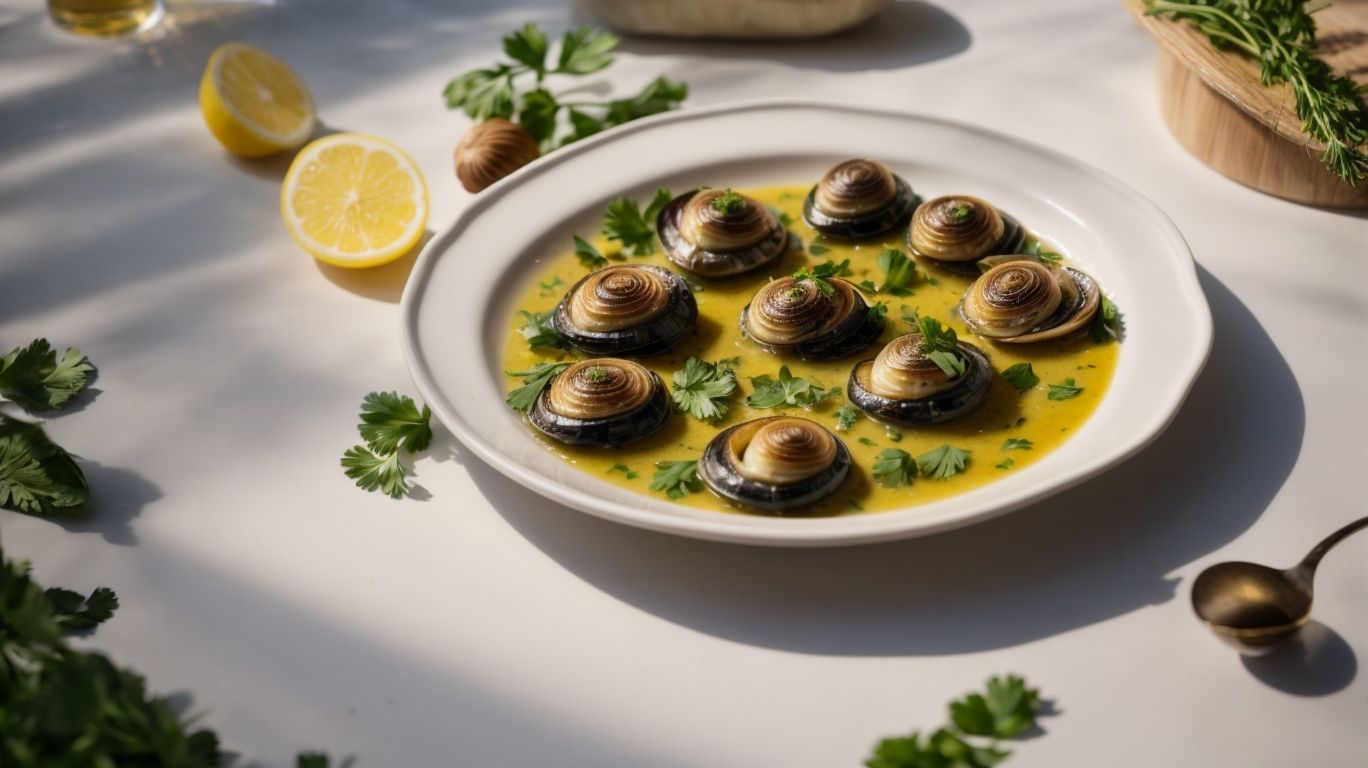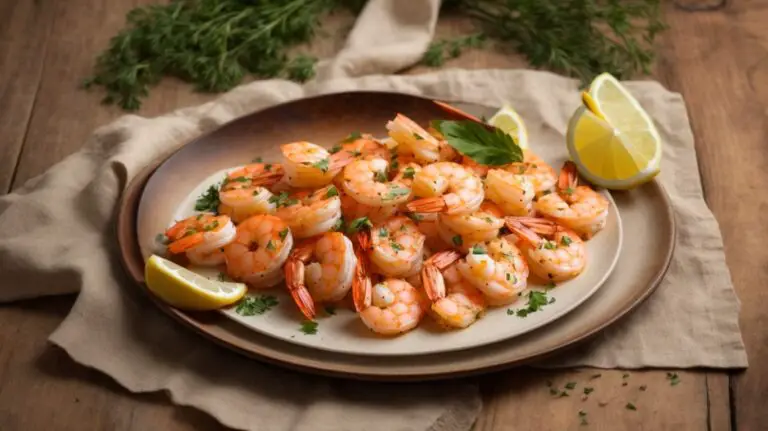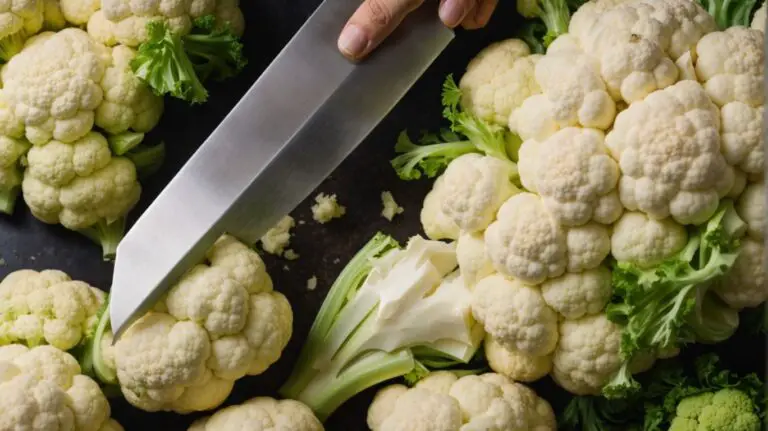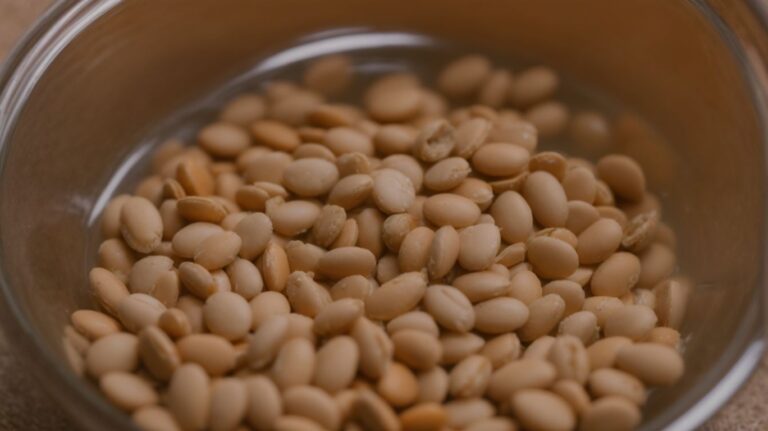How to Cook Escargot Without Shell?
Looking to impress your dinner guests with a gourmet dish?
Escargot, a classic French delicacy, is a great option to elevate your culinary skills.
In this article, we will explore the various ways to cook escargot, including traditional methods with shells, stuffed escargot, and more.
We will also delve into how to cook escargot without shells, from preparing the garlic butter to serving suggestions.
Stay tuned for some expert tips on cooking escargot to perfection. Let’s get cooking!
Key Takeaways:
About Escargot
Escargot, a classic dish in French cuisine, features snails cooked with a delectable combination of butter, garlic, and parsley.
Originally considered peasant food due to the abundance of snails in vineyards, Escargot has transcended its humble beginnings to become a luxurious and sophisticated delicacy.
Historically, ancient Romans are credited with incorporating snails into their diets, while in France, the tradition of consuming snails gained popularity during the Renaissance.
Today, Escargot is prepared in various ways, with some chefs infusing it with wine or brandy for added depth of flavor, while others experiment with fresh herbs like thyme and chives.
What Are the Different Ways to Cook Escargot?
Discover various methods to prepare Escargot, a cherished French dish featuring snails cooked with butter, garlic, and parsley.
One traditional method for making Escargot involves cleaning and removing the snails from their shells before cooking them in a flavorful herb butter.
For a creative twist, stuffed Escargot recipes often involve filling the shells with a mixture of breadcrumbs, herbs, and cheese before baking them to crispy perfection.
If you fancy something more indulgent, you can explore Escargot served in a rich creamy sauce, adding a luxurious creamy texture to the dish.
Traditional Method with Shells
The traditional Escargot preparation involves serving snails in their shells with a decadent blend of butter, garlic, and parsley—a timeless French culinary delight.
Preparing Escargot using shells is a culinary art that showcases the delicate flavors of these prized gastropods. To start, the key ingredients include fresh, plump snails sourced specially for this dish. These are then cleaned thoroughly and cooked with a fragrant mixture of butter, minced garlic, and freshly chopped parsley, infusing the snails with rich flavors.
Historically, Escargot has been enjoyed as a luxurious delicacy in France, dating back to ancient Roman times when snails were considered a gourmet indulgence. Today, this dish remains a symbol of indulgence and sophistication in French gastronomy.
Stuffed Escargot
Elevate your dining experience with stuffed Escargot, a contemporary twist on the classic French dish featuring snails as a delectable appetizer or main course.
Traditionally served as a delicacy in fine dining establishments, stuffed Escargot has undergone a modern revival, becoming a popular choice for those seeking an adventurous culinary experience. The evolution of this dish showcases how chefs have innovatively blended traditional flavors with creative ingredients, elevating it from a niche dish to a versatile option suitable for any occasion. Whether served with garlic butter and parsley in the classic style or prepared with unique twists like sun-dried tomatoes and parmesan cheese, stuffed Escargot offers a sophisticated option that excites the palate.
Escargot in Puff Pastry
Experience a delightful culinary fusion with Escargot in puff pastry, a harmonious blend of French elegance and snail delicacy wrapped in flaky layers of pastry.
Escargot, a dish that dates back to ancient Roman times, was initially consumed due to its medicinal properties and later evolved into a gourmet delicacy in France.
When combined with buttery puff pastry, the earthy flavor of the Escargot harmonizes perfectly with the light and flaky texture, creating a dish that delights the senses.
This blend of flavors and textures exemplifies the rich culinary history of France, where ingredients such as garlic, parsley, and shallots are traditionally used to enhance the delicate flavors of the snails.
Escargot in a Cream Sauce
Indulge in the richness of Escargot in a luscious cream sauce, a contemporary twist on a French classic that delights palates with its velvety texture and savory flavors.
Escargot, also known as edible land snails, has a fascinating history dating back to French aristocrat Talleyrand, who popularized the cuisine. These delectable mollusks were once a staple for sailors due to their abundant availability along coastlines. The preparation of Escargot in cream sauce requires meticulous attention to detail, with the mollusks cooked to perfection in a blend of butter, garlic, parsley, and cream to create a luxurious and indulgent dish.
How to Cook Escargot Without Shells?

Credits: Poormet.Com – Gabriel Carter
Learn the art of preparing Escargot without shells, using canned snails, butter, and garlic to craft a delectable dish that captivates the senses.
When creating this classic French delicacy, start by draining the canned snails and rinsing them thoroughly to remove any excess brine flavors. It is crucial to sauté the snails in a generous amount of butter and minced garlic to enhance their rich flavor profile. To add a hint of freshness, sprinkle some finely chopped parsley on top before serving.
If you prefer a more complex taste, consider incorporating shallots or a splash of white wine into the buttery sauce to elevate the dish to another level of sophistication. Another variation includes adding a pinch of nutmeg or a squeeze of lemon juice to balance out the flavors.
Preparing the Escargot
Master the art of preparing Escargot by infusing these succulent snails with aromatic garlic butter, a quintessential element of French culinary finesse.
Begin by procuring fresh or frozen Escargot, usually found in specialty food stores or online. Thaw frozen snails if necessary, ensuring they are ready for cooking.
Next, prepare the garlic butter by combining minced garlic, softened butter, parsley, salt, and pepper in a bowl. Mix well until all ingredients are fully incorporated.
Clean the snails thoroughly, removing any debris or shells, then gently place them in individual shells or a baking dish.
Now, generously spoon the garlic butter mixture over each snail, allowing the flavors to seep into the meat.
Preheat your oven to the recommended temperature and bake the Escargot until the butter is sizzling and the snails are tender.
Preparing the Garlic Butter
Crafting the perfect garlic butter for Escargot entails blending premium ingredients to achieve a flavorful and aromatic accompaniment to the tender snails.
Starting with high-quality butter as the base, this essential component is infused with finely minced garlic, parsley, salt, and a hint of lemon juice.
The traditional technique involves gently heating the butter to meld the flavors without browning the garlic, ensuring a rich yet subtle taste.
The garlic butter not only adds a luxurious, velvety texture to the dish but also plays a crucial role in enhancing the natural umami of the escargot.
Cooking the Escargot
Embark on a culinary journey as Escargot is cooked to perfection, combining essential French ingredients to create a savory masterpiece that delights the palate.
When preparing Escargot, the primary ingredient, snails, require meticulous cleaning to ensure any residual debris is removed. Once cleaned, the snails are typically cooked with garlic, shallots, parsley, and butter, infusing them with rich flavors.
The traditional method involves stuffing the snails back into their shells with the herb-infused butter mixture, then baking them to tender perfection. A key element in this process is the use of a special Escargot plate or escargot dishes with individual depressions for each snail, enhancing both the presentation and the cooking process.
Serving Suggestions
Enhance your dining experience with creative serving suggestions for Escargot, a quintessential French dish that captivates both the eyes and the palate.
Escargot, often associated with upscale dining, can be presented in various ways to suit different occasions. For a classic touch, serve them in traditional escargot plates with individual cavities, or get creative by placing them in small edible cups.
To elevate the visual appeal, consider garnishing with fresh herbs like parsley or chives, or adding a sprinkle of microgreens for a modern twist. Pairing Escargot with a crusty baguette or garlic bread can enhance the gastronomic pleasure, allowing you to savor every succulent bite.
What Are Some Tips for Cooking Escargot Without Shells?
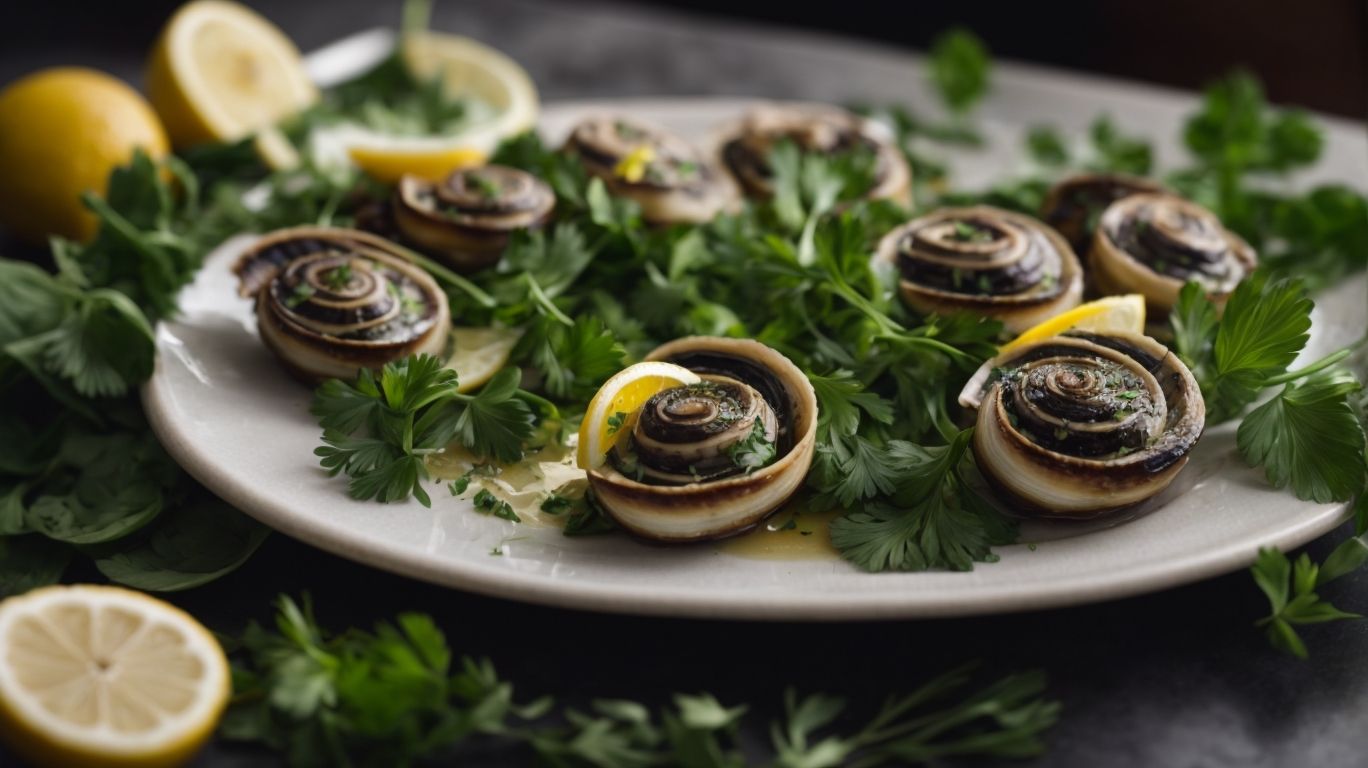
Credits: Poormet.Com – Scott Taylor
Discover essential tips and tricks for preparing delectable Escargot dishes without shells, incorporating a blend of traditional techniques and modern culinary sensibilities.
When selecting ingredients for your Escargot dish, opt for quality snails, garlic, butter, shallots, parsley, and a hint of white wine for a flavorful base. To enhance the protein content of your meal, consider adding in some finely diced pancetta or bacon for that extra savory taste.
Regarding cooking methods, try the classic escargot preparation by simmering the snails in a rich garlic butter sauce. Another approach is baking them with a garlic herb mixture until they are tender and infused with delicious flavors.
Exploring the traditional techniques along with some easy-to-follow methods can help you master the art of cooking Escargot without shells effortlessly, making it a gourmet delight for your next culinary adventure.
Use Fresh Escargot
Opt for fresh Escargot when preparing your culinary masterpiece to infuse the dish with authentic flavors and elevate the dining experience.
Regarding using Escargot in your cooking, freshness is key. Freshly sourced Escargot not only enhances the depth of flavors in your dish but also contributes to a tender yet slightly firm texture that is essential in many traditional and modern recipes. The freshness of Escargot plays a significant role in the overall quality of your culinary creation, ensuring that each bite is a delightful burst of taste and aroma.
Thoroughly Clean the Escargot
Prioritize thorough cleaning of Escargot to ensure a flawless dining experience, removing any impurities and preserving the dish’s authentic taste.
Properly cleaning Escargot is not only vital for enhancing the flavor but also for ensuring food safety. Start by purging the snails with a salt and flour solution to expel any remaining debris or impurities. Rinse them thoroughly under cool water and scrub gently to remove any dirt or residue. Maintain strict hygiene practices by using clean utensils and surfaces throughout the cleaning process to prevent contamination. Following these culinary standards guarantees that the Escargot maintains its natural taste and quality, elevating the overall dining experience for anyone enjoying this delicacy.
Use High-Quality Ingredients
Elevate your Escargot creation by utilizing high-quality ingredients, ensuring authenticity, flavor richness, and a memorable culinary experience.
Regarding premium ingredients for Escargot, the key lies in selecting fresh, top-notch components that bring out the best in this delicate dish. For the snails themselves, opt for quality sourced ones that are tender and flavorful, usually imported from renowned regions. The garlic, parsley, and butter used should be of exceptional quality, as they form the base of the dish, infusing it with robust flavors and enticing aromas.
Incorporating a splash of high-quality wine in the preparation can further elevate the taste profile, adding layers of complexity and sophistication. When sourcing ingredients, seek suppliers who prioritize freshness and quality, ensuring that each component contributes to a harmonious and delectable final dish.
Experiment with Different Flavors
Unleash your culinary creativity by experimenting with diverse flavors and ingredient combinations to craft unique Escargot dishes that tantalize the taste buds.
Regarding exploring the world of Escargot, one can truly delve into a plethora of mouthwatering possibilities. Consider pairing these delectable snails with garlic butter and parsley for a classic French twist or venture into bold territory by incorporating citrus zest and chili flakes for a zesty kick. Embrace the umami richness by infusing mushroom duxelles or elevate the dish with a touch of truffle oil for a luxurious experience.
Experimenting with different herbs and spices can also take your Escargot creations to new heights. From the warmth of thyme and rosemary to the exotic allure of coriander and cumin, each addition brings a unique flavor profile to the dish. Don’t shy away from exploring sauces like pesto or aioli to add an extra dimension of taste.
Conclusion
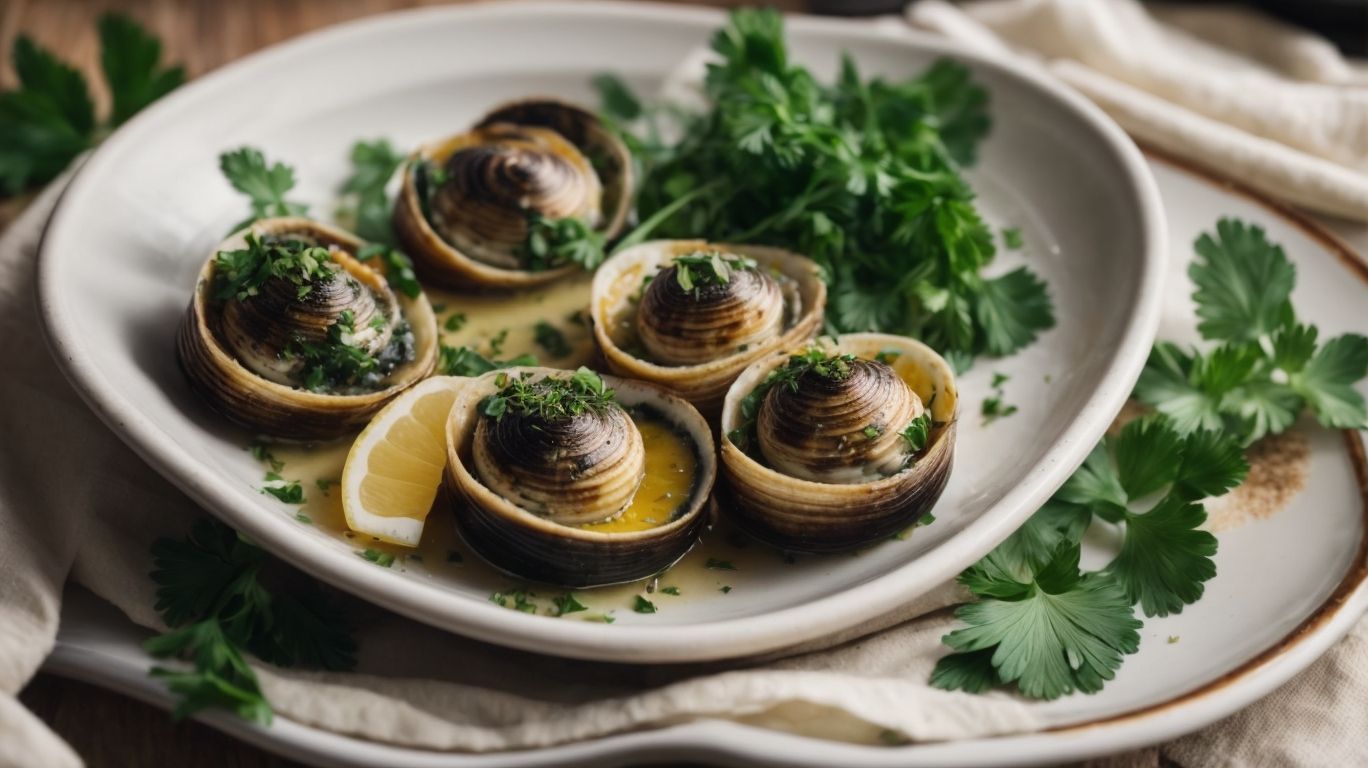
Credits: Poormet.Com – Russell Baker
In conclusion, Escargot stands as a timeless culinary delight in French cuisine, blending history, tradition, and gastronomic excellence with each savory bite.
Historically, Escargot has deep roots in ancient Roman and Greek cuisines, where snails were considered a delicacy for the upper class due to their rarity and unique taste. The dish gained prominence in France during the Renaissance period, evolving to be a symbol of luxury and refinement.
Today, Escargot remains a staple in French gastronomy, served in upscale restaurants and traditional bistros alike. Its enduring appeal lies in the rich, buttery garlic sauce that enhances the delicate flavor of the snails, creating a decadent experience for diners.
Frequently Asked Questions
How to Cook Escargot Without Shell?
1. What is escargot, and why do some people prefer to cook it without the shell?
Escargot is a dish made from edible snails, and it is a delicacy in many countries. Some people prefer to cook escargot without the shell because it is easier to eat and allows for more creative presentations.
2. Can I use canned escargot to cook without the shell?
While canned escargot can be used to cook without the shell, it is not recommended. Fresh escargot provides a better texture and flavor, and it is readily available in most supermarkets or specialty stores.
3. What is the best way to remove the shell from the escargot?
The easiest way to remove the shell from the escargot is to use a small fork or toothpick to gently pry it out of the shell. You can also use a pair of tweezers if you prefer.
4. How do I prepare the escargot for cooking without the shell?
After removing the shell, rinse the escargot under cold water and pat dry with a paper towel. Some people also like to soak the escargot in a mixture of water and vinegar for a few minutes to remove any excess slime.
5. What are some popular recipes for cooking escargot without the shell?
There are many delicious recipes for cooking escargot without the shell, such as garlic butter escargot, escargot in a creamy wine sauce, and escargot stuffed mushrooms. Get creative and experiment with different flavor combinations!
6. Is there a specific type of pan or cooking method recommended for cooking escargot without the shell?
Yes, a small, shallow baking dish or snail pan is typically used for cooking escargot without the shell. You can also use a cast iron skillet or a regular baking dish. Be sure to preheat your pan and add some butter or oil before cooking.

